

Articles
Where Is AC Compressor Located
Modified: January 6, 2024
Learn where the AC compressor is located and how it functions in your vehicle with our informative articles. Discover valuable insights on AC compressor maintenance and troubleshooting.
(Many of the links in this article redirect to a specific reviewed product. Your purchase of these products through affiliate links helps to generate commission for Storables.com, at no extra cost. Learn more)
Introduction
When it comes to understanding the inner workings of a car’s air conditioning system, one crucial component to know about is the AC compressor. The AC compressor plays a vital role in the cooling process, as it is responsible for compressing and pushing the refrigerant through the system, allowing the air conditioning system to produce cool air.
But have you ever wondered where exactly the AC compressor is located within a car? Whether you are a car enthusiast or a DIY mechanic, knowing the location of the AC compressor is essential for performing tasks such as maintenance, repairs, or even just troubleshooting.
In this article, we will delve into the topic of locating the AC compressor and explore some common areas where you can find it. So, if you’re ready to gain some valuable insights on this essential component, let’s dive in!
Key Takeaways:
- The AC compressor, crucial for cooling, is typically located in the engine bay and can be identified by its cylindrical shape and connection to the serpentine belt. Consult your owner’s manual for specific location details.
- Understanding the AC compressor’s role and location is essential for maintenance and troubleshooting. Inspect the engine bay, follow the serpentine belt, and seek professional help if needed to ensure optimal performance of your car’s air conditioning system.
Read more: Where Is AC Filter Located
Understanding the AC Compressor
Before we delve into locating the AC compressor, it’s crucial to have a basic understanding of how it functions. The AC compressor is essentially the heart of the car’s air conditioning system. Its primary role is to compress the refrigerant gas, which is responsible for absorbing heat from the cabin and releasing it outside.
The refrigerant gas, which is commonly known as Freon, enters the compressor as low-pressure gas. The compressor then pressurizes the gas by squeezing it into a smaller volume, increasing its temperature and pressure. As a result, the refrigerant is transformed into a high-pressure, high-temperature gas.
Once the refrigerant leaves the compressor, it travels through the condenser, where it cools down and turns into a liquid state. The liquid refrigerant then flows to the expansion valve or orifice tube, where it undergoes a pressure drop and becomes a low-pressure, low-temperature mixture.
The low-pressure refrigerant then enters the evaporator, located inside the car’s cabin. As the warm air from the cabin passes over the evaporator, the refrigerant absorbs heat, causing the air to cool down. The now-warm refrigerant returns to the compressor to repeat the cycle.
Understanding how the AC compressor functions is crucial as it helps you grasp its importance within the air conditioning system. With this knowledge, you’ll be better equipped to locate and maintain the AC compressor, ensuring optimal performance of your car’s cooling system.
Locating the AC Compressor
Locating the AC compressor can vary depending on the make and model of your vehicle but there are some general guidelines to consider. The AC compressor is typically located in the engine bay, as it needs to be driven by the engine to operate effectively. However, the exact location can differ between different car manufacturers and models.
One of the first steps to locating the AC compressor is to pop the hood of your car and examine the engine bay. Look for a cylindrical-shaped component with several hoses and wires attached to it. This is usually the AC compressor. It is often located towards the front of the engine bay and may be situated on the passenger side or driver’s side.
Another helpful visual clue to locate the AC compressor is to look for the serpentine belt. The serpentine belt is a long, continuous belt that drives various engine accessories, including the AC compressor. Follow the path of the serpentine belt to identify the pulley system, and the AC compressor will typically be connected to one of these pulleys.
Furthermore, the AC compressor is commonly situated near other components such as the alternator, power steering pump, and radiator fan. This proximity to other engine components helps optimize the functioning of the cooling system and ensures efficient operation of the AC compressor.
While these general guidelines can be useful, it’s essential to consult your vehicle’s owner manual for specific information on the location of the AC compressor. The owner manual will provide detailed diagrams and instructions tailored to your car model, making it easier to pinpoint the exact location.
Now that we have a general understanding of how to locate the AC compressor let’s explore some common locations where you might find it in different car models.
Common Locations of AC Compressors
While the exact location of the AC compressor can vary, there are some common areas where you are likely to find it in different car models. Here are a few of the typical locations:
- Front of the engine bay: In many vehicles, the AC compressor is positioned at the front of the engine bay, near the radiator. Typically, it will be placed on one side of the engine, either on the passenger side or driver’s side. This location allows for efficient airflow and easy access for maintenance.
- Bottom of the engine: Some car models have their AC compressors mounted on the bottom of the engine. This placement is often seen in vehicles with transverse engines, where the engine is mounted sideways. The AC compressor may be located towards the front or back of the engine, depending on the particular model.
- Top of the engine: In certain car models, especially those with longitudinally-mounted engines, the AC compressor may be positioned on the top of the engine. This placement can offer better accessibility for maintenance, as it is easier to reach compared to compressors located in harder-to-reach areas.
- Passenger-side fender: In some vehicles, particularly older models or classic cars, the AC compressor can be found on the passenger-side fender. This location provides sufficient space for the compressor and minimizes interference with other engine components.
It’s important to note that these locations are general guidelines, and there can be variations within different car models. Therefore, it is always advisable to consult your vehicle’s owner manual or seek professional assistance to identify the precise location of the AC compressor in your specific car model.
Now that we have explored some common locations, let’s move on to the practical steps you can take to locate the AC compressor in your vehicle.
The AC compressor is typically located at the front of the engine, near the bottom. It is connected to the engine by a belt and has metal lines running to the condenser. Always refer to the vehicle’s manual for specific location.
Checking Under the Hood
One of the primary steps in locating the AC compressor is to open the hood of your vehicle and visually inspect the engine bay. Here’s a step-by-step guide on how to check under the hood:
- Locate the hood release lever: The hood release lever is typically located on the driver’s side of the vehicle, either under the dashboard or on the lower side of the steering column. Pull the lever to release the hood latch.
- Release the hood latch: Once you have pulled the hood release lever, step out of the vehicle and move to the front. Locate the secondary latch, usually positioned at the center or toward the front of the hood. Pull the latch to release and lift the hood.
- Inspect the engine bay: As you open the hood, take a moment to visually examine the engine bay. Look for a cylindrical-shaped component with hoses and wires attached to it. This is likely the AC compressor. It may be located towards the front of the engine bay, on either the passenger side or driver’s side.
- Follow the serpentine belt: If you are unable to locate the AC compressor immediately, look for the serpentine belt. The serpentine belt connects various engine accessories, including the AC compressor. Follow the path of the belt, and it will lead you to the pulley system where the AC compressor is usually connected.
- Refer to the owner manual: If you are still unsure or unable to locate the AC compressor, consult your vehicle’s owner manual. It will provide detailed diagrams and instructions specific to your car model, helping you find the exact location of the AC compressor.
Remember to exercise caution while checking under the hood, ensuring the engine is off and cool to avoid any potential injury or burns from hot engine components. It’s always a good idea to wear protective gloves and eyewear when working in the engine bay.
Now that you have checked under the hood, let’s move on to inspecting the engine bay to locate the AC compressor.
Read more: Where Is The AC Condenser Located
Inspecting the Engine Bay
Once you have popped the hood and checked under it, the next step in locating the AC compressor is to inspect the engine bay more closely. Here are some guidelines to help you in this process:
- Look for component labels: Some vehicles have component labels or stickers placed within the engine bay, indicating the location of key components. These labels might include descriptions or diagrams with arrows pointing to the AC compressor, making it easier to identify.
- Follow the AC lines: The AC compressor is connected to other parts of the air conditioning system through AC lines or hoses. Look for these lines as they can guide you towards the location of the AC compressor. Generally, the lines will run from the compressor to the condenser or evaporator.
- Observe for pipework and fittings: In the engine bay, keep an eye out for any pipework or fittings that are associated with the AC system. The AC compressor will usually have pipes or hoses connected to it, leading to other components of the air conditioning system.
- Refer to the engine layout diagram: Many vehicles have engine layout diagrams provided either under the hood or in the owner manual. Study these diagrams to get a better understanding of the engine bay layout and the specific location of the AC compressor in your car model.
- Seek professional assistance: If you are still having trouble locating the AC compressor or if you are unsure about performing any tasks related to the air conditioning system, it’s always advisable to consult a professional mechanic. They have the expertise and experience to identify the AC compressor’s location and provide any necessary repairs or maintenance.
By inspecting the engine bay closely and using the available resources, you should be able to locate the AC compressor successfully. Remember to exercise caution and avoid touching any hot engine components to prevent burns or injury.
Now that we have explored the inspection process, let’s move on to understanding the location of the AC compressor in specific car models.
Locating the Compressor in Specific Car Models
While the general guidelines mentioned earlier apply to many vehicles, it’s important to note that the location of the AC compressor can vary in different car models. Here are a few examples of specific car models and where you can typically find the AC compressor:
- Honda Civic: In most Honda Civic models, the AC compressor is located on the passenger side of the engine bay, towards the front. It is usually positioned near the top of the engine.
- Toyota Camry: In Toyota Camry models, the AC compressor is often situated on the passenger side of the engine bay, closer to the firewall. It is typically located towards the lower side of the engine.
- Ford Mustang: In Ford Mustang models, the AC compressor can usually be found on the driver’s side of the engine bay, towards the front. It is often positioned at the top section of the engine.
- Chevrolet Silverado: In Chevrolet Silverado trucks, the AC compressor is commonly located on the driver’s side of the engine bay, lower down towards the front. It is usually situated near the serpentine belt pulley system.
- BMW 3 Series: In BMW 3 Series models, the AC compressor is often placed on the passenger side of the engine bay, towards the front. It is typically positioned near the top section of the engine.
It’s important to remember that these are just examples, and the location of the AC compressor can vary even within the same car model, depending on the specific engine type and year of manufacturing. Therefore, it’s always recommended to refer to your vehicle’s owner manual or consult a professional mechanic for accurate information regarding the location of the AC compressor in your specific car model.
Now that we have explored locating the AC compressor in specific car models, let’s conclude our discussion.
Conclusion
Locating the AC compressor in your car is essential for maintenance, repairs, and troubleshooting tasks related to the air conditioning system. While the exact location can vary depending on the make and model of your vehicle, there are general guidelines you can follow to find it.
By checking under the hood, inspecting the engine bay, and referring to your vehicle’s owner manual, you can successfully locate the AC compressor. Additionally, following the serpentine belt and looking for component labels or diagrams can aid in your search.
It’s important to exercise caution and, if necessary, seek professional assistance when working with the AC compressor or any other part of the air conditioning system. Consulting a mechanic or referring to your vehicle’s owner manual can provide specific information tailored to your car model.
Understanding the role of the AC compressor and its location will not only help with regular maintenance but also allow you to diagnose and address any issues that may arise. By keeping your AC compressor in good condition, you can ensure optimal performance of your car’s air conditioning system, providing comfort on those hot summer days.
Remember, if you are unsure or uncomfortable working with the AC compressor, it’s always best to seek help from a trained professional to avoid causing further damage to your vehicle.
With the knowledge gained from this article, you are now well-equipped to locate the AC compressor in your car, enabling you to maintain and care for your air conditioning system effectively.
Frequently Asked Questions about Where Is AC Compressor Located
Was this page helpful?
At Storables.com, we guarantee accurate and reliable information. Our content, validated by Expert Board Contributors, is crafted following stringent Editorial Policies. We're committed to providing you with well-researched, expert-backed insights for all your informational needs.
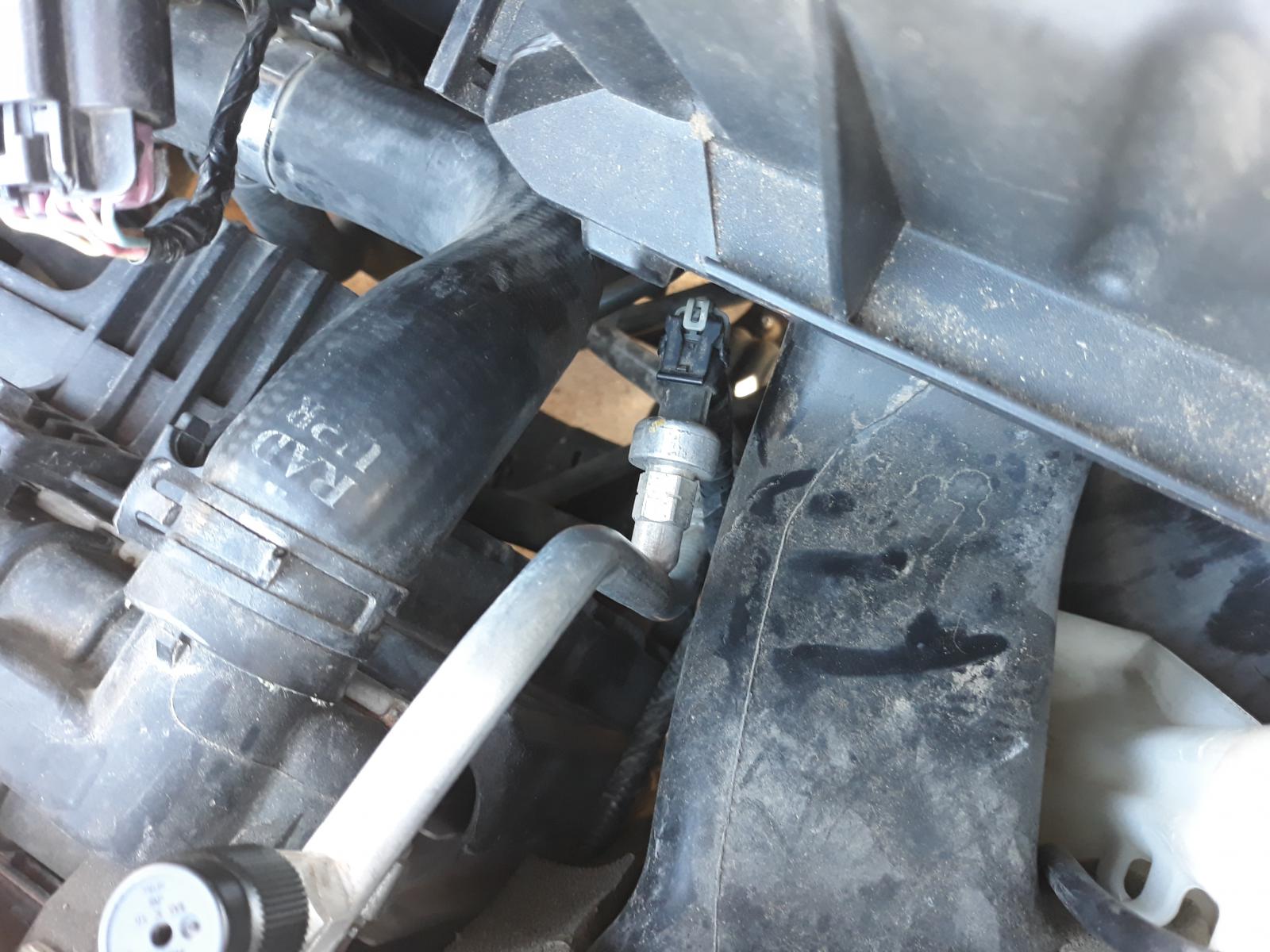
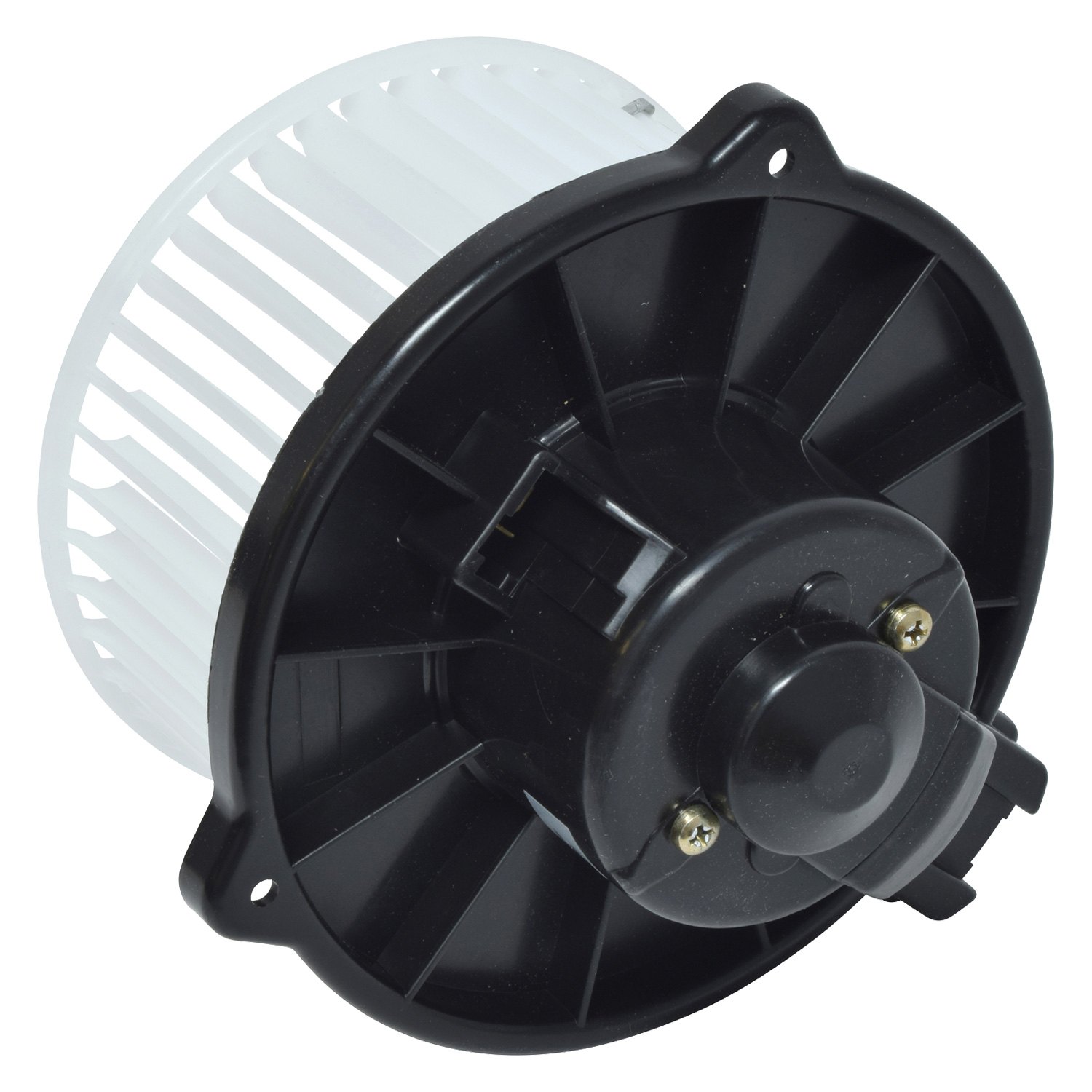
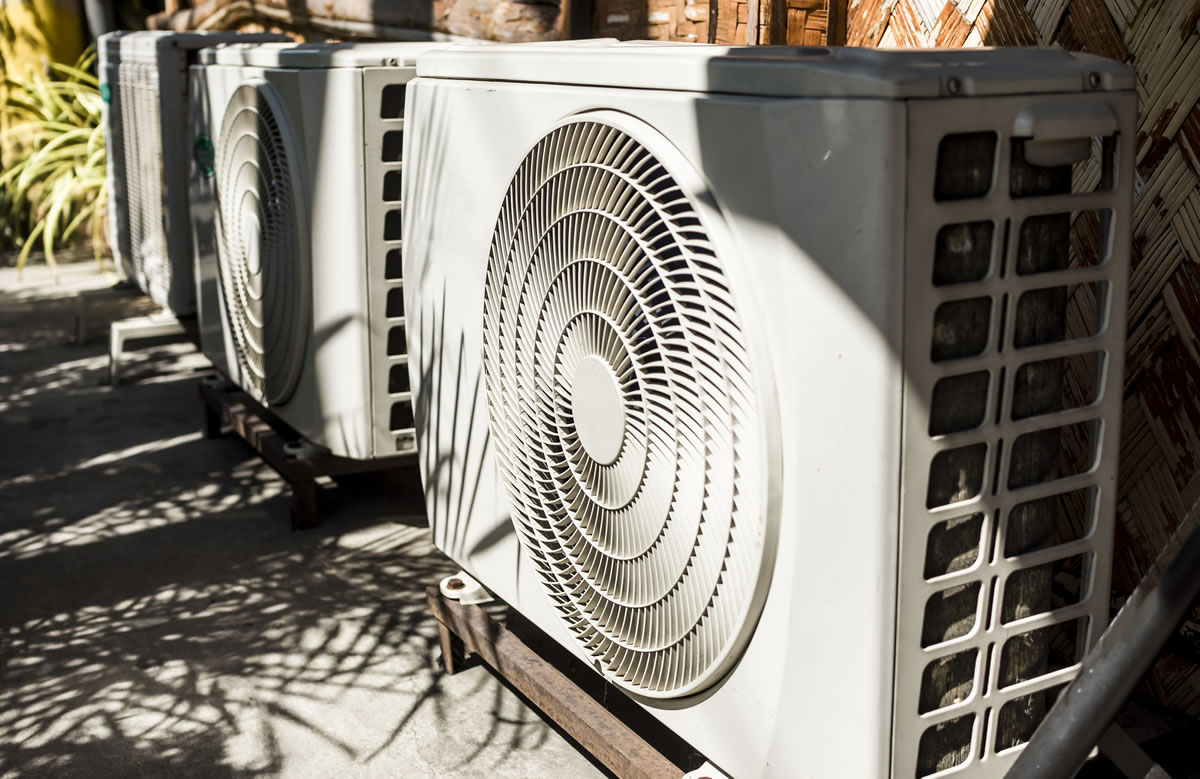
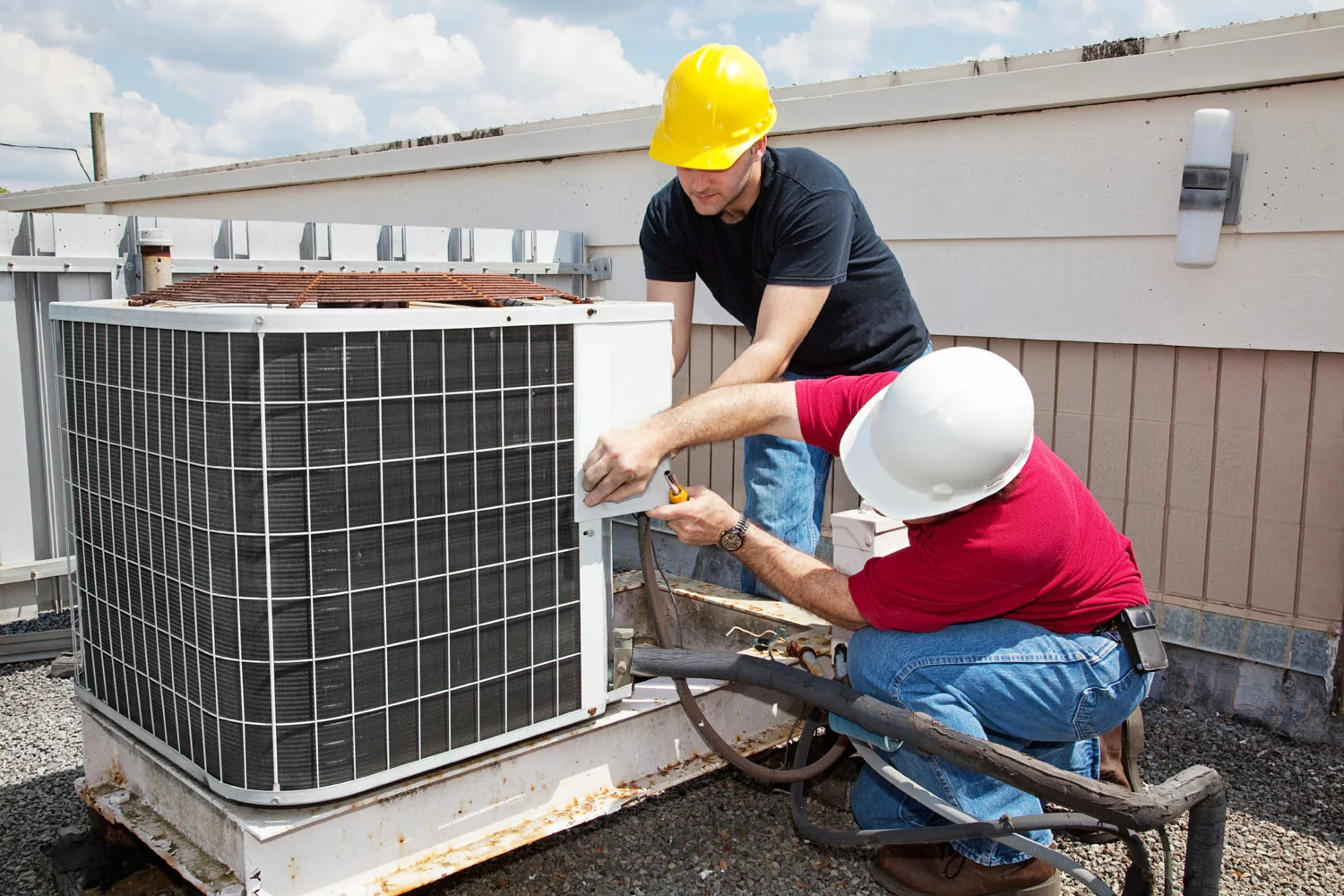

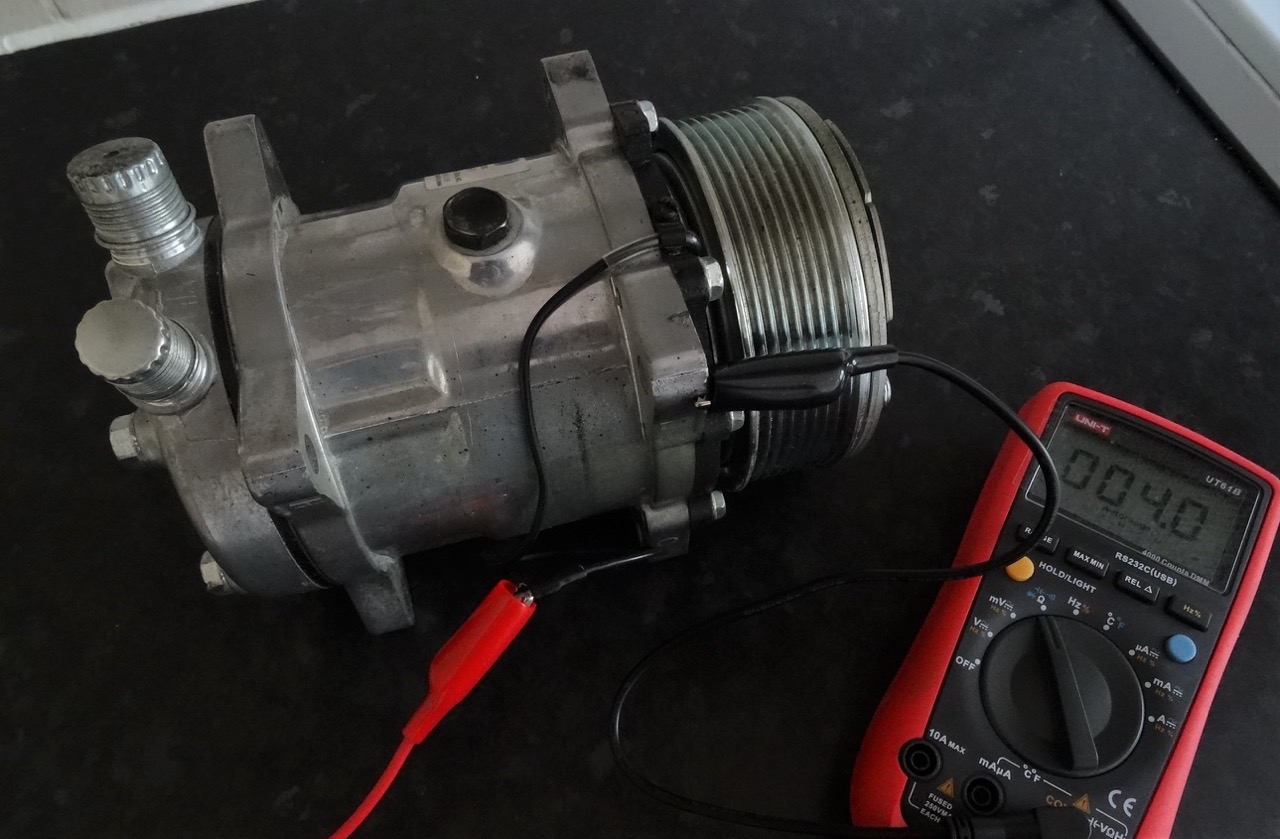
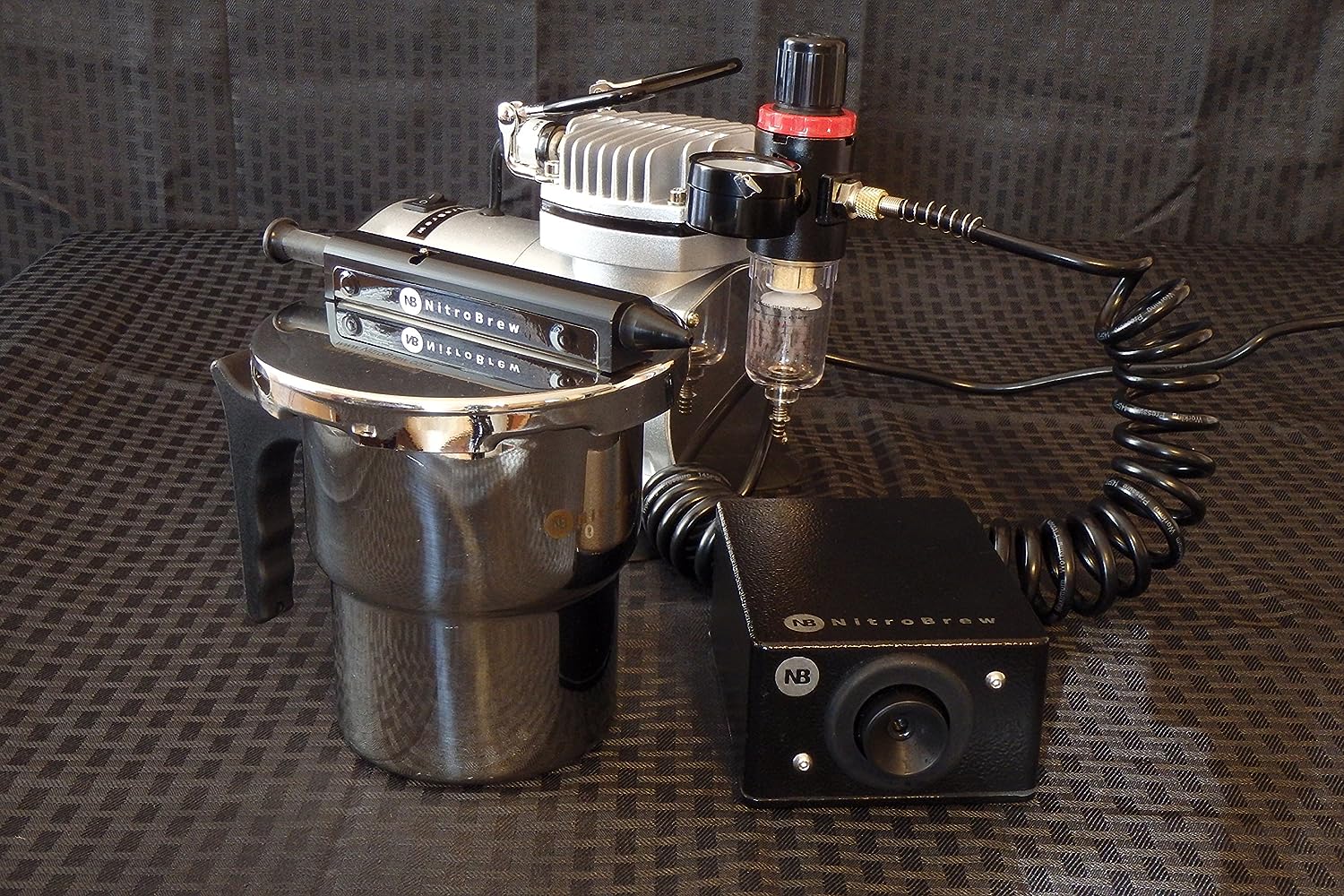
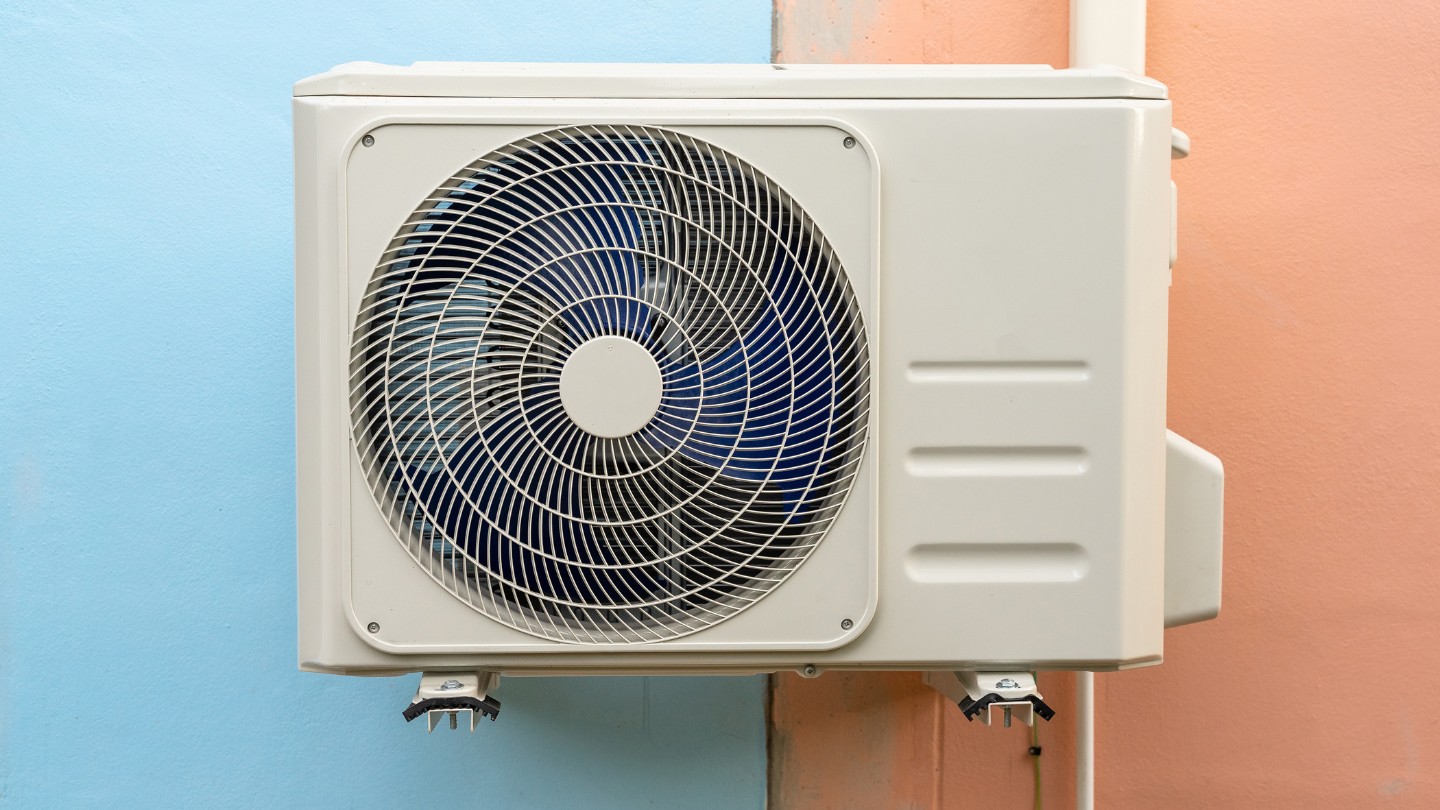
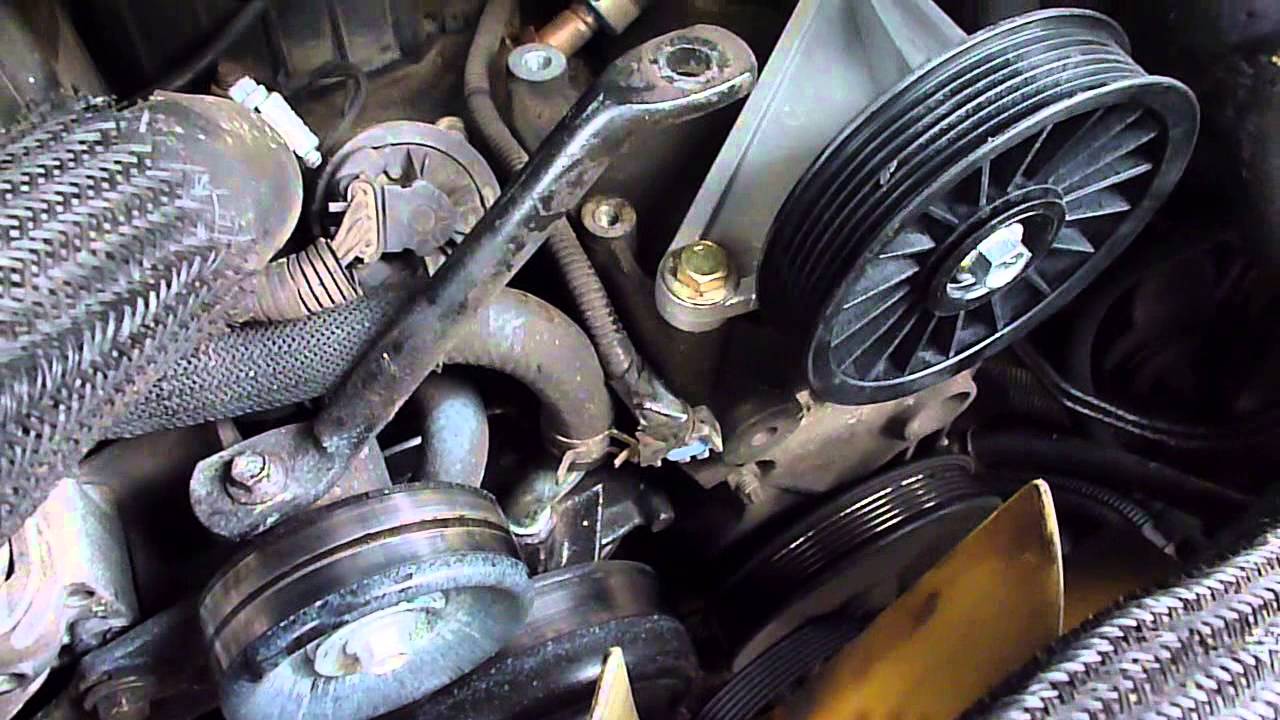
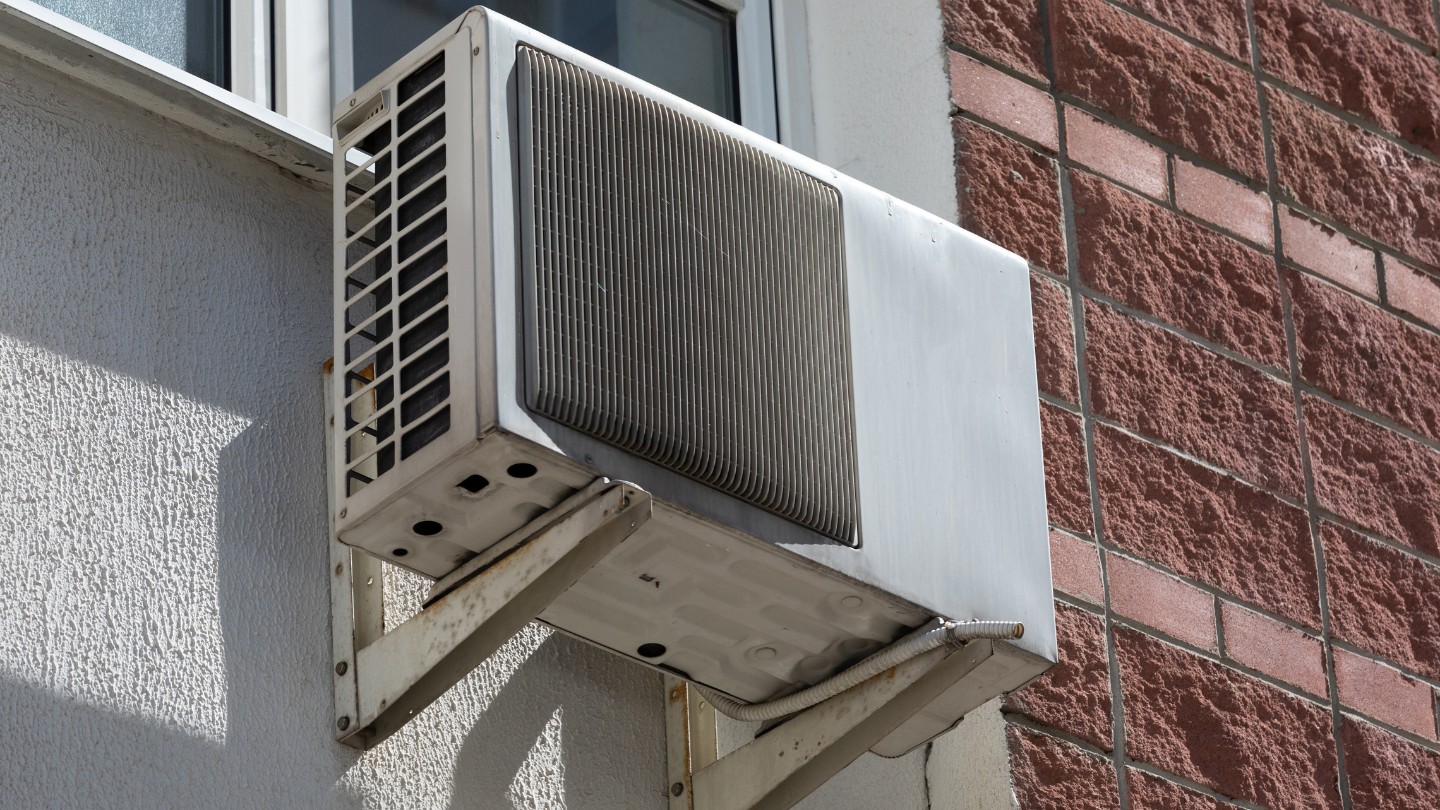
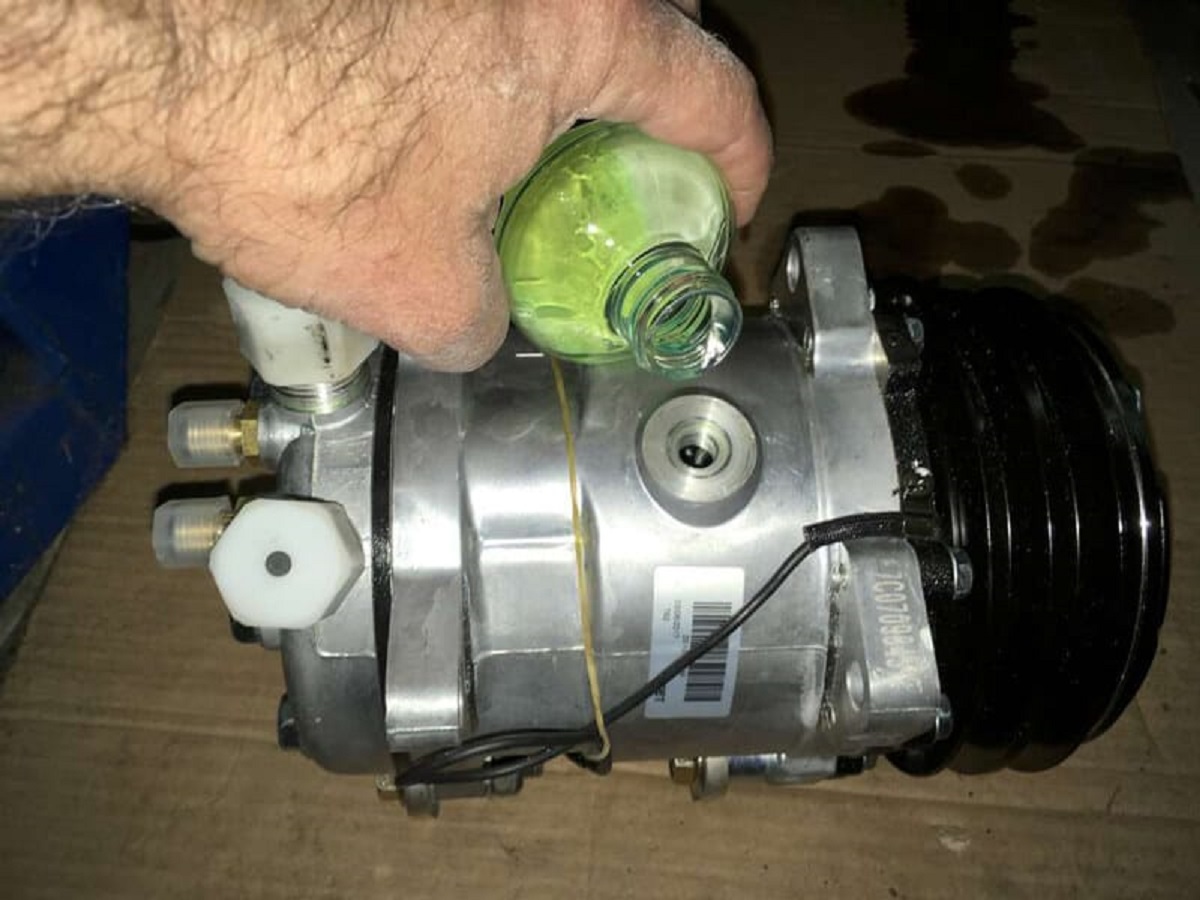
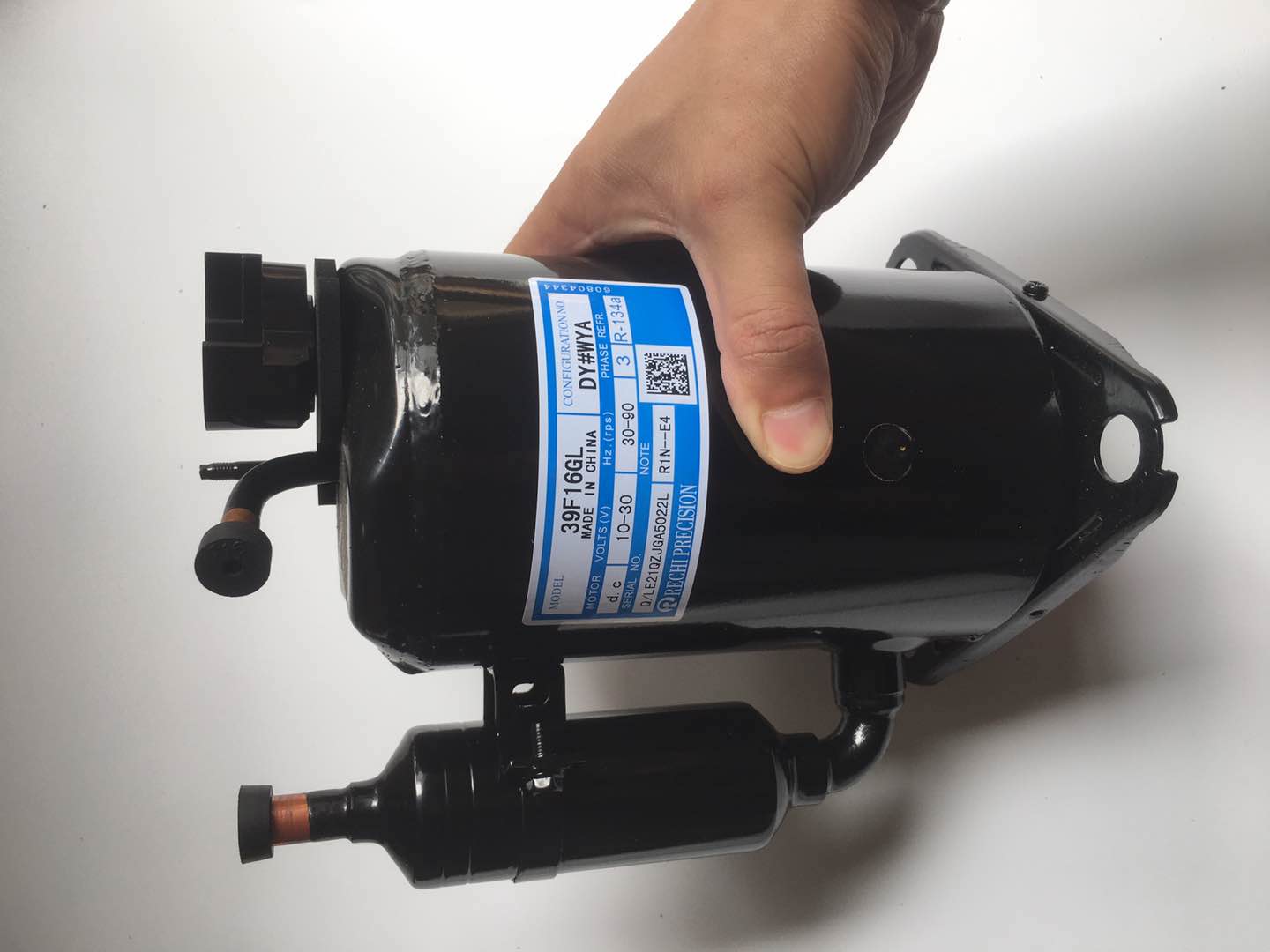
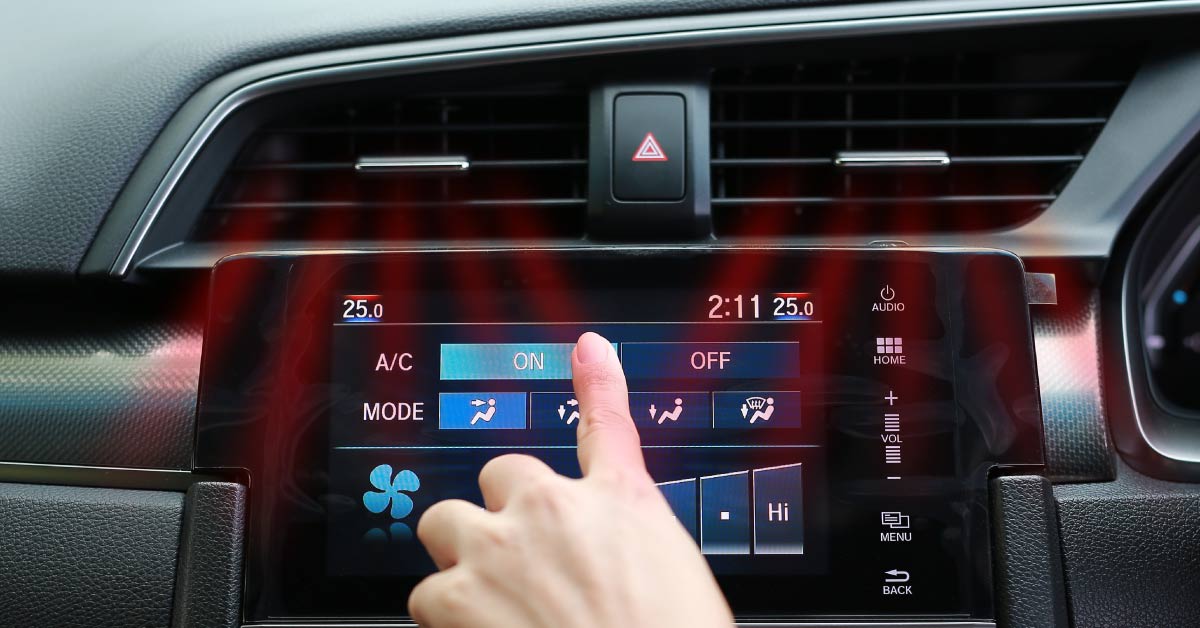


0 thoughts on “Where Is AC Compressor Located”